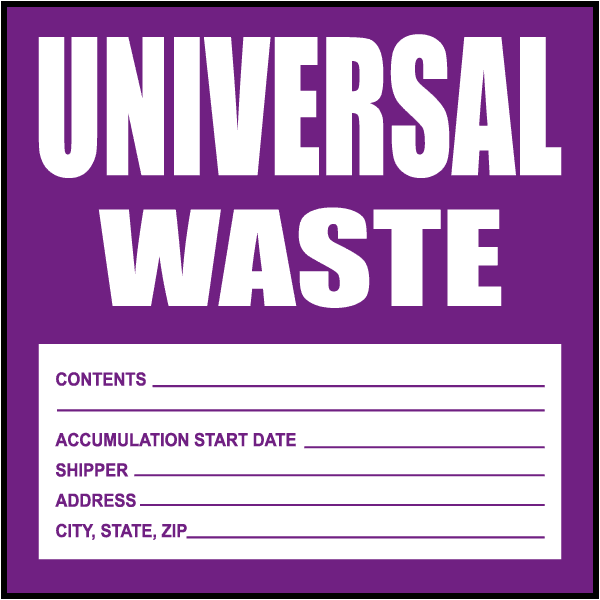Did you know incorrect disposal of many common types of light bulbs can result in hefty fines and potentially release hazardous waste into the environment? Yikes! We’re here to give you step by step instructions of how to dispose of bulbs properly to avoid these fees and potential hazards.
Which lights are bad?
Is your facility operating on High Intensity Discharge (HID) Bulbs, Compact Fluorescent Lights (CFLs), Fluorescent Light Ballasts (FLB) or Incandescent bulbs? These contain hazardous materials – most notably mercury which is poisonous to our central nervous system. Because of these safety concerns, the Environmental Protection Agency (EPA) has strict regulations regarding their disposal.
If your facility is inspected at the federal level and found to be non-compliant with any EPA regulations, you could potentially face fines on a sliding scale of up to $32,000 per day! Avoid these fines by following the below protocol:
What are the EPA Regulations?
1. Containerization
The first step is proper storage. If you are disposing of old light bulbs, place them in appropriate containers that protect the bulb from breaking. An example would be a 2-ply cardboard box – it cannot simply be a plastic bag. The container needs to be something that can be closed and sealed. “The containers or packages must remain closed and lack evidence of leakage, spillage or damage that could cause leakage under reasonably foreseeable conditions.”
2. Labeling
Once the bulbs are properly stored in sealable container, they must be labeled with a Universal Waste sticker. Be sure to include the accumulation start date! It is important to note when these items start accumulating because there are regulations regarding how long these containers can be kept on your property. Here’s an example of a Universal Waste Sticker:

3. Timely Disposal
After labeling the containers, proper disposal requires they be removed from the property within a year of the accumulation start date. Although a year may seem like plenty of time to coordinate proper disposal, oftentimes these containers are shoved in the back of a storage room and forgotten about. Don’t let that happen to you!
4. Transportation
Proper disposal requires that universal waste such as bulbs be relocated with a registered EPA transporter. Because virtually all the materials in the bulbs can be recycled (such as electronic chips, glass, and metals), the disposal site should be a recycle center for universal waste. This helps reduce and reuse to further positively affect our environment!
What are the benefits of properly managing light bulb disposal?
- Proper management ensures a safe workplace and protects the environment
- Businesses that do not comply risk liability and are likely to be out of compliance with hazardous waste regulations.
- Improper disposal can expose workers, trash collectors, and the public to mercury and other toxic metals.
- Proper light bulb disposal helps minimize hazardous risk and liability
It’s important to fully understand EPA regulations in order to avoid any fines and to make the most educated choice when choosing replacement bulbs. However, you don’t have to settle for traditional hazardous lighting that is so high maintenance. LED lighting is a great alternative (and upgrade!) because of their long lifespan, lower operating costs, and reduced toxic metal levels. We strongly believe that LED lighting is the best choice when it comes to illuminating your industrial facility.
Switching out your hazardous bulbs with LED lighting doesn’t have to be complicated. Moore’s provides a hassle-free lighting upgrade experience because we believe you shouldn’t have to worry about providing safe and efficient lighting for your employees or your facility. Find out more here!